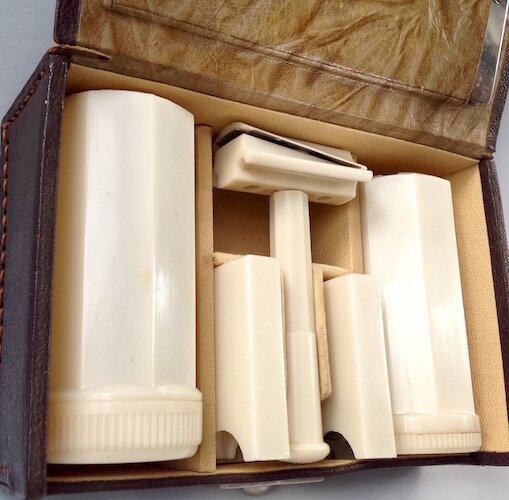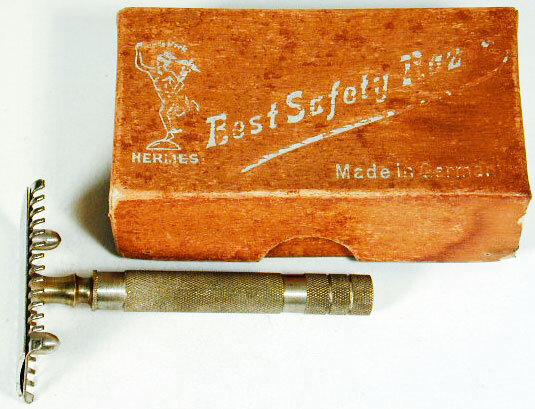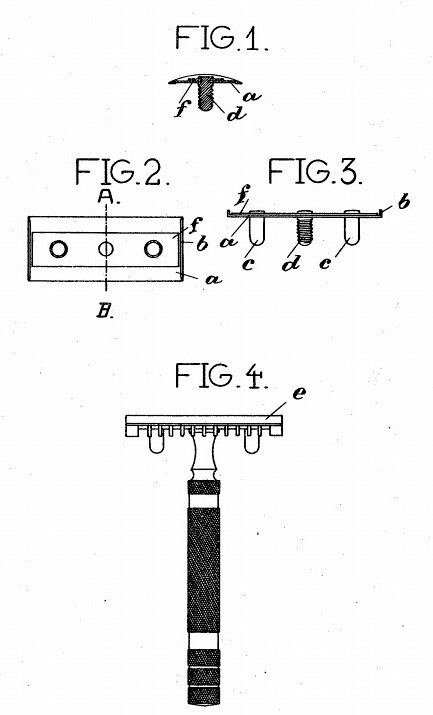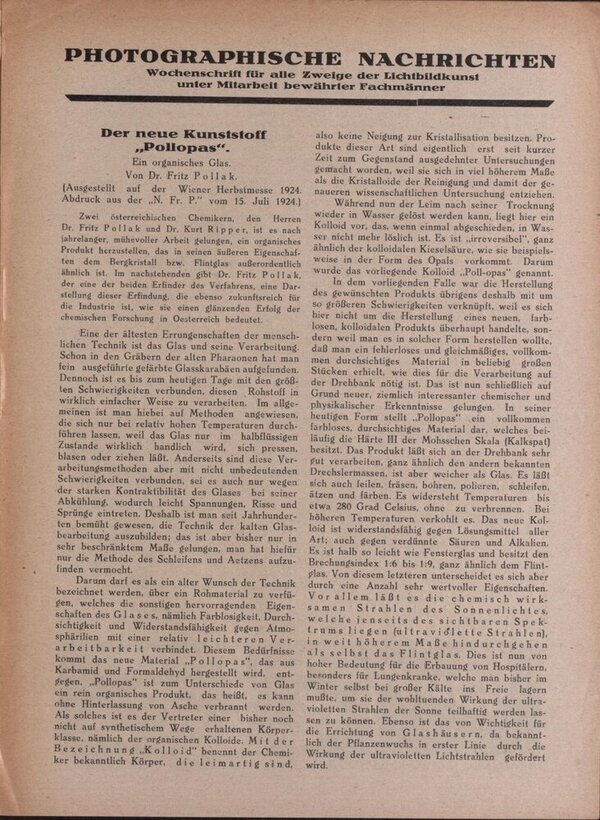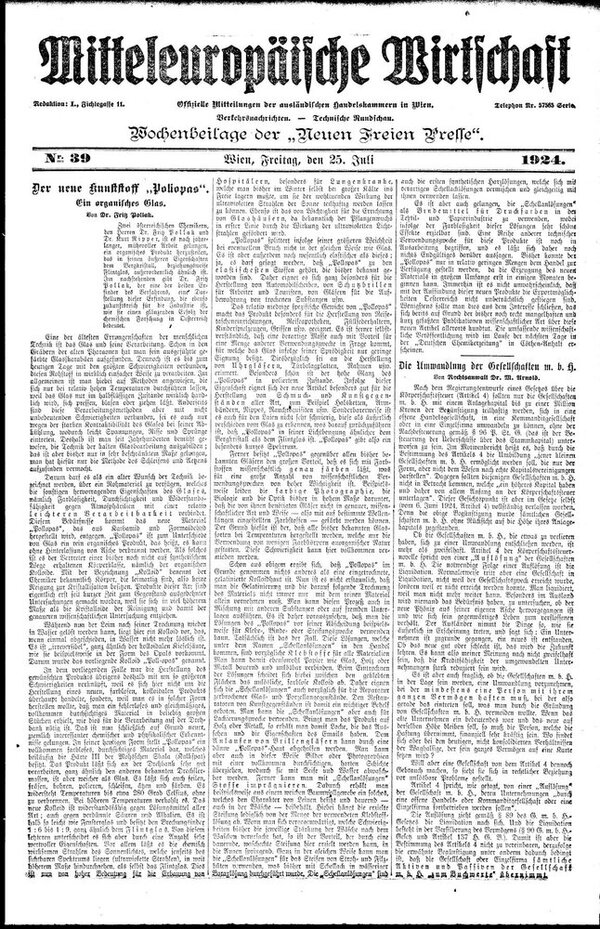Nella pubblicità lo stesso produttore assicura che la custodia è fatta di Polopas,
Pensavo fosse il Catalin, perché in realtà la scoperta dei coloranti per colorarlo è una scoperta tedesca, mentre la nascita della resina Polopas è un prodotto americano, che in Brasile si chiamava Polopast... ma in Europa e negli Stati Uniti si chiamava Plaskon.
E' un materiale che ha delle linee di tensione e nel corso degli anni mostra dei difetti, ma i modelli nelle foto e quello che ho sono in perfette condizioni senza linee di attenzione a nessuno
Precisamente il 1927 è l'anno in cui tutti i produttori di dispositivi radio hanno iniziato a produrre con Catalín..., ma se il produttore assicura che il caso è Polopast, dovremo accettare che forse anche l'oggetto lo sa, quindi l'affermazione di EFSK è corretta!
Más información:
https://refineriadecaballeros.wordpress.com/2021/02/09/1928-catalin/
